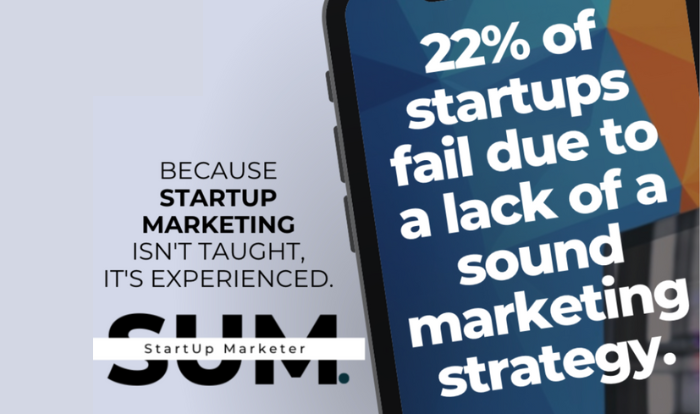If you’re still thinking that what you do defines you, you might want to buckle up. Times have not only changed, they’ve changed a few times over, and significantly so in just the past couple of years. There are shifts in how we perceive our relationships to each other, in how we prioritize authenticity, in how we practice transparency. The most telling shift may be our entry into the Era of the Individual.
A century ago, Hollywood movie studios were the brands, defined by the entertainment they produced. The individual actors were merely players. Corporate brands have been the same, viewed as synonymous with the products they sold, and the people behind the scenes were largely viewed as cogs in the machine. Not anymore.
Technology has made our world much more accessible for many more people. We have 24/7 insider access to information about many more things and people, and expectations may start outpacing that availability. That’s particularly true where brands are concerned.
When we’re discussing brand, product, and go-to-market strategies with our B2B clients, we always remind them that people engage with, share with, are influenced by, and buy from…people. More and more, whether it’s B2C, DTC, B2C2B or B2B, stakeholders are trying to figure out what companies truly stand for and the nature of the people at the helm.
Expectations continue to rise for executives to show they can be business leaders and thought leaders and social change leaders. That means brand is so much less about what you create and put out into the world and so much more about the motives and beliefs behind your actions.
According to a recent survey, executives estimate 44% of their company’s market value is attributable to the reputation of their CEO. Interestingly, the same percentage believe a company’s reputation is influenced a great deal by senior management other than the CEO. That means you need to give your corporate brand a face. It also means you may need to evolve your thinking about how you present your brand in terms of representation and who your future stakeholders will be.
In the end, people need to feel they’re able to relate one-on-one to your brand, whether that’s through a more approachable Corporation A or through direct admiration of Executive B and their thought leadership. People are still struggling with uncertainty, so show empathy and understanding that’s real and really human. It’s a challenge full of opportunity that I talk more about in my recent Fast Company article.
In the realm of startup marketing, sending generic campaigns is a perilous misstep. The solution? Segmentation strategies. Dive into our Read more
Turn your startup’s marketing organization into an impact driver with these three elements detailed on The StartUp Marketer blog.
Learn how startup marketers can perfect the art and science of prioritization in this StartUp Marketer blog post.
Startup success requires understanding marketing’s fundamentals, like taking a customer-centric approach. Learn more on The StartUp Marketer blog.





